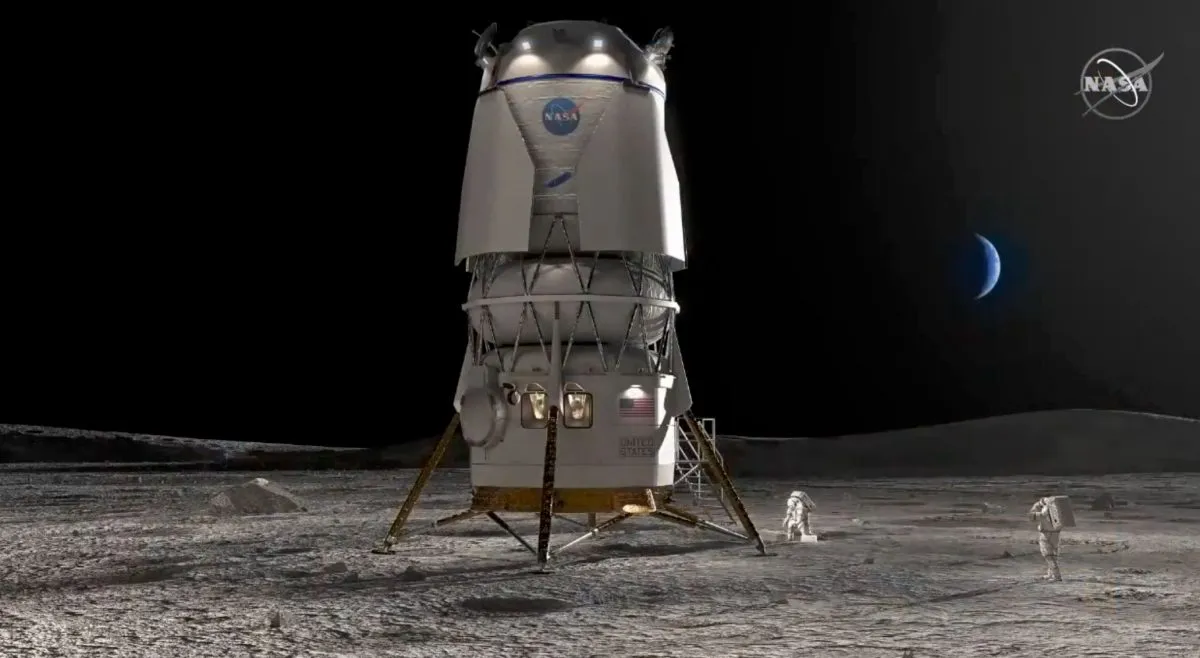
Nokia, once the dominant name in the mobile phone industry, has shifted its focus amidst fierce competition and evolving consumer demands. Although the Finnish company no longer manufactures smartphones, it continues to excel in global connectivity and has established itself as a leader in telecommunication infrastructure and network technology. Recently, Nokia made headlines with its groundbreaking initiative to become the first company to deploy a 4G network on the Moon, paving the way for future exploration and enabling real-time communication.
In an exciting collaboration, Nokia is teaming up with NASA to launch the first mobile network to the Moon as part of the Intuitive Machines IM-2 mission. This 4G LTE network will utilize the same technology that powers mobile communication on Earth, marking a significant milestone in space exploration. This initiative aligns perfectly with NASA's ambitious goal of establishing a sustainable human presence on the Moon through its Artemis program.
Nokia's deployment of a 4G LTE network on the Moon is crucial for enhancing communication capabilities for future space missions. This technology will lay the groundwork for interplanetary communication and facilitate reliable data transmission. As part of this venture, the Intuitive Machines Athena lander, which carries Nokia's lunar network, successfully launched on February 26th, and is currently en route to the Moon's south pole, with a landing scheduled for March 6, 2025.
Once the Athena lander safely touches down on the lunar surface, Nokia plans to activate its Lunar Surface Communications System. Following the establishment of a secure connection, Nokia will initiate its 4G/LTE network, marking the first-ever mobile network on the Moon. This activation will involve the use of a Network in a Box (NIB), which is integrated into the lander as a self-contained system designed to meet the challenges of ensuring a reliable communication network in the harsh lunar environment.
The lunar network developed by Nokia is engineered to handle the unique challenges of maintaining a stable communication channel on the Moon. The Athena lander will be connected to two essential robotic vehicles: the MAPP Rover and the Micro Nova Hopper Drone. These vehicles will play a vital role in ensuring a seamless network connection, further enhancing the effectiveness of Nokia's lunar communications.
Nokia's ambitious endeavor to bring cellular technology to future space missions is a commendable move that sets the company apart in the telecommunications industry. By enabling reliable communication on the Moon, Nokia is not only contributing to NASA's exploration efforts but also paving the way for future advancements in space technology. This groundbreaking initiative reinforces Nokia's position as a leader in innovation and connectivity.